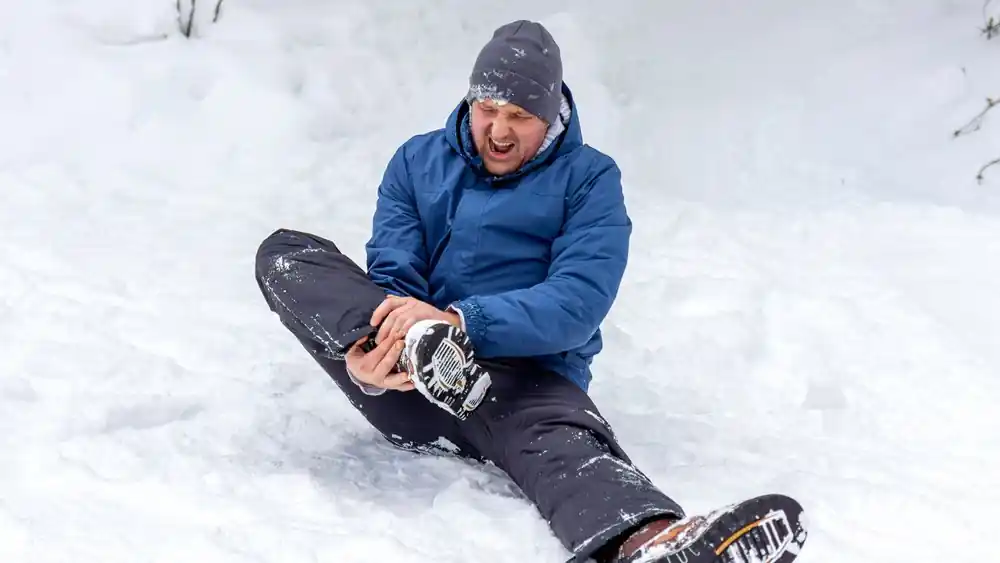Winter can be absolutely gorgeous with fresh snow, crisp air, and cozy nights inside, but it also brings a whole new set of challenges for your body. Slippery sidewalks, heavy snow shoveling, icy driveways, and cold, tight muscles can quickly turn a peaceful winter day into an unplanned trip to the doctor. The good news is that most common winter injuries are completely preventable with a little awareness and a few smart habits. Here are some practical, physical therapist Idaho Falls approved tips to keep you safe, strong, and moving comfortably all season long.
Warm Up Before Heading Outside
Cold weather naturally tightens your muscles, which makes them more prone to strains and sprains. Even a quick warm up can make a big difference. Try marching in place, gentle stretching, arm circles, or a short walk around the house before stepping outside. Getting your muscles warmed and your blood flowing prepares your body for activities like shoveling, skiing, or even just walking on slippery surfaces.
Watch Your Step on Snow and Ice
Falls are one of the most common winter injuries, especially among older adults. Ice can be nearly invisible, so assume any shiny or untreated surface is slippery. Walk slowly, take shorter steps, and keep your center of gravity slightly forward. Proper footwear is key here. Choose boots with good traction, and consider adding slip-resistant ice cleats if you’re in a particularly icy area. Inside your home, keep floors dry and free of clutter to reduce fall risks after coming in from the snow.
Shovel Smarter, Not Harder
Snow shoveling is basically a full body workout, and it can place a lot of strain on your back, shoulders, and core if you’re not careful. To protect your body, use a lightweight shovel, take smaller scoops of snow, and avoid twisting your spine when throwing snow. Bend at your knees instead of your back, and switch sides occasionally to avoid overworking one half of your body. Taking short breaks every 15 to 20 minutes can also help prevent fatigue and reduce your risk of injury. If the snow is too heavy or deep, consider pushing it rather than lifting or using a snowblower.
Dress Warmly to Protect Your Joints and Muscles
Cold muscles and joints don’t move as easily, which increases injury risk. Layer up with warm, flexible clothing that allows you to move freely. Gloves, hats, and proper footwear don’t just keep you comfortable—they help maintain circulation and joint health. Staying warm supports your muscles as they work, especially during outdoor chores or winter sports.
Stay Active Throughout the Season
It’s tempting to slow down during winter, but staying active helps maintain flexibility, strength, and balance. Indoor exercises like stretching routines, yoga, light strength training, or walking on a treadmill can keep your muscles conditioned. When your body stays strong and flexible, you’re less likely to get injured when shoveling snow or navigating icy terrain.
Enjoy Winter Without the Setbacks
Winter doesn’t have to be a season of slips, strains, and soreness. With the right preparation and a little extra caution, you can enjoy the beauty and fun of the season while minimizing your risk of injury. If you do end up feeling stiff or sore, a physical therapist can help you recover quickly and keep you moving through the colder months with confidence. Stay warm, stay mindful, and give your body the care it needs to thrive all winter long.





























